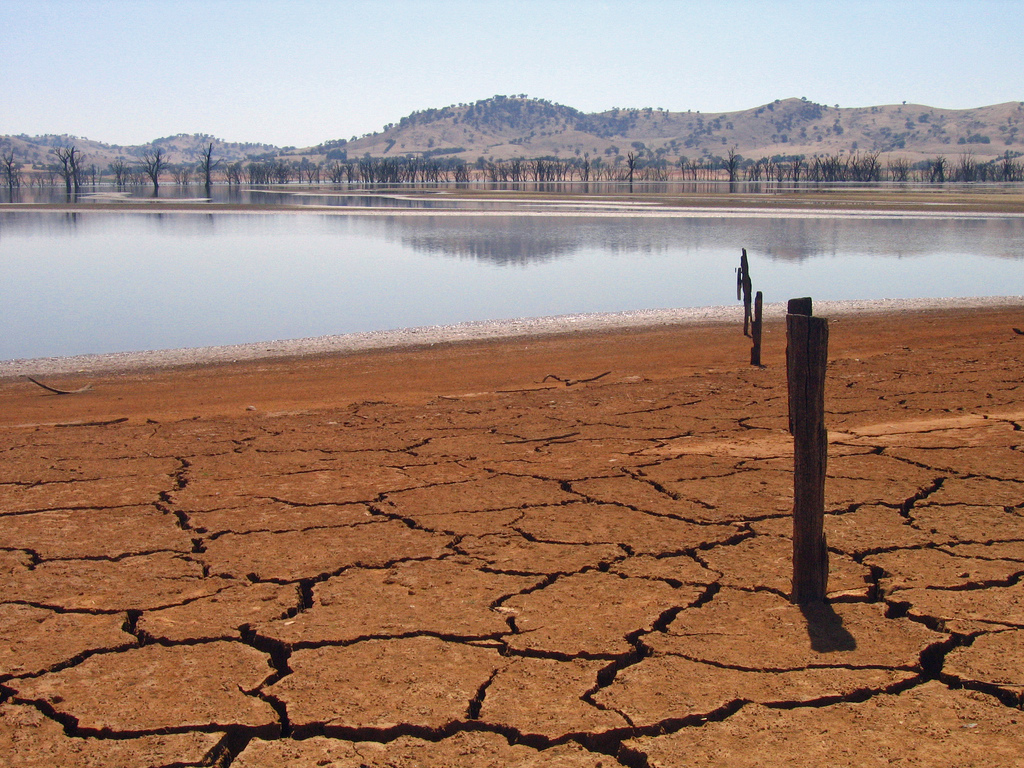Green, Water - More Drought For Australia
Extreme El Nino events that cause droughts in Australia will be more frequent even if the nations of the world come together and limit global warming to 1.5 C Degrees above pre-industrial levels. That's according to new climate modelling.
"This result is unexpected and shows that future generations will experience greater climate risks associated with extreme El Nino events than seen at 1.5 C warming," said CSIRO researcher Dr. Guojian Wang, the lead author of a new report that fine tunes projections of climate events. The number of El Nino events would double from the current five per century to ten per century by the year 2050. The risk will keep rising, to 14 El Nino events per century by 2150.

The Paris Climate Deal seeks to limit global warming to 2 C degrees above pre-industrial levels, and sets an aspirational target of 1.5 degrees. Scientists say that is incredibly unlikely, and the goalpost has been moved further out of reach because Donald Trump has pulled the US out of the international accord.
Extreme El Ninos push the usual Pacific Ocean rainfall further to the east towards South America, as far as 16,000 kilometers. That causes climate havoc in the Southern Hemisphere.
"This pulls rainfall away from Australia, bringing conditions that have commonly resulted in intense droughts across the nation," said the report's co-author Dr. Wenju Cai, director of the Center for Southern Hemisphere Oceans Research. "During such events, other countries like India, Ecuador and China have experienced extreme events, with serious socioeconomic consequences."
The research is published in the journal Nature Climate Change.








 Create PDF
Create PDF Print
Print Email to friend
Email to friend